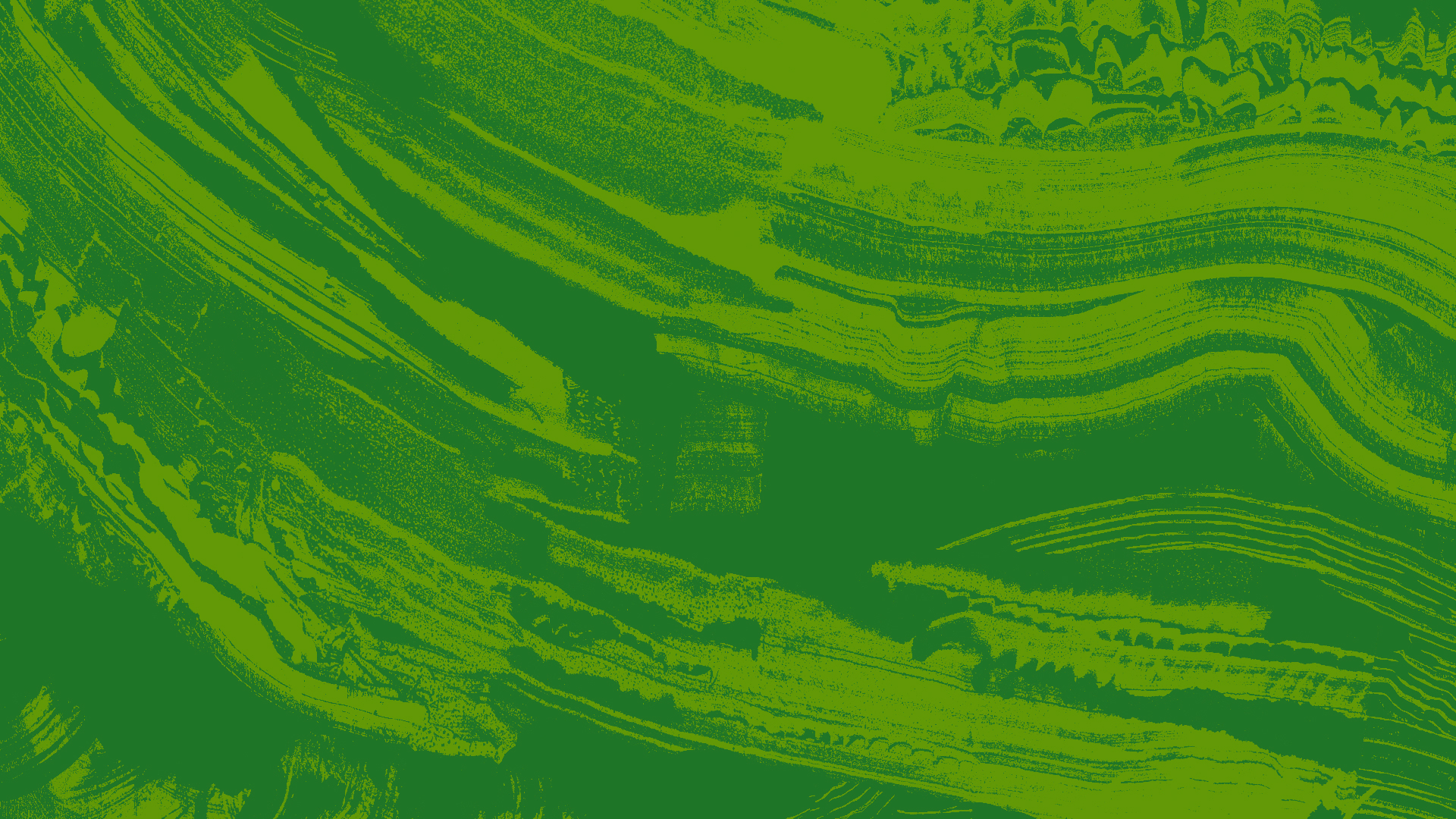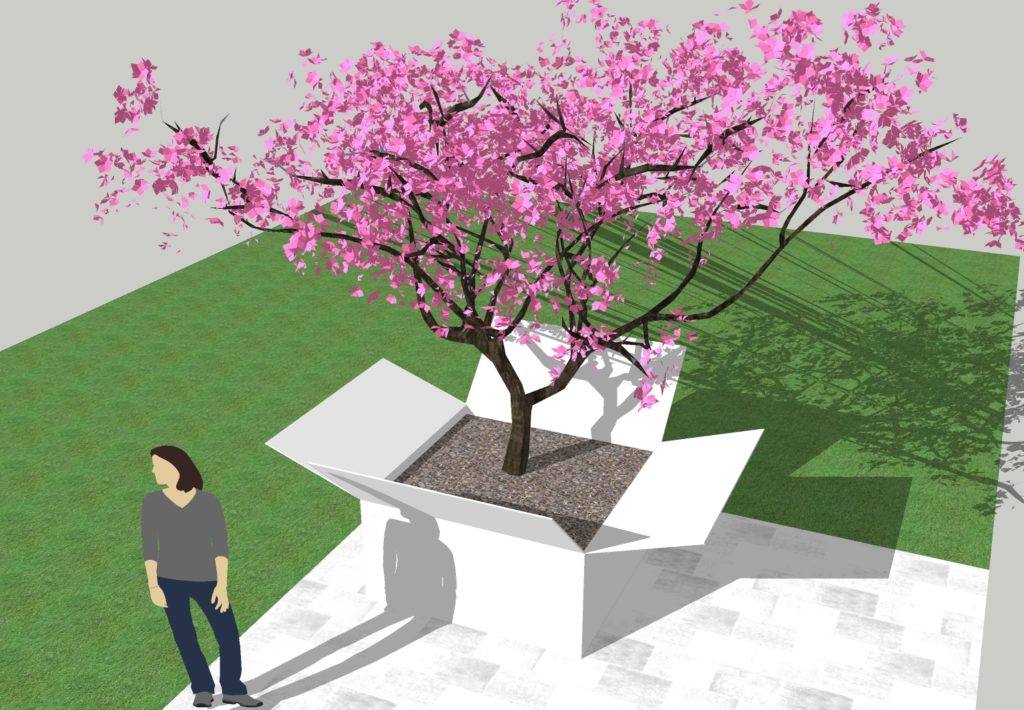 Let’s for a moment envisage a beautifully designed garden; a modern garden for a young couple: white rendered walls, limestone paving in a crisply set out grid, a slick water feature, perhaps a fire pit or some chunky charcoal-coloured rattan furniture. We’ve all done it. Where would this garden be? London? LA? Cape Town? Tallinn? Beirut? The truth is it could be anywhere. Not only that, it could be for anyone. And it could be by anyone.
Let’s for a moment envisage a beautifully designed garden; a modern garden for a young couple: white rendered walls, limestone paving in a crisply set out grid, a slick water feature, perhaps a fire pit or some chunky charcoal-coloured rattan furniture. We’ve all done it. Where would this garden be? London? LA? Cape Town? Tallinn? Beirut? The truth is it could be anywhere. Not only that, it could be for anyone. And it could be by anyone.A decade or two ago Britain rubbed its eyes and awoke from the 75 year dream of Edwardian garden design, where every afternoon was sunny and everybody had a gardener. As other ideas began to be explored modernist design became more mainstream. In fact, the whole garden design industry became more mainstream, finding a new market in consumers accustomed to branded goods of reassuring uniformity. A side effect of this consumerist, lifestyle-led market was an expectation of ‘toys’ in the garden – hot-tubs, heaters, water features, speakers and even television screens. Over a period of ten years or so, urban gardens in particular began to move towards a standard style with which we have become familiar. Of course, this is not universal, but it is very prevalent.
A glance through previous years’ ‘Review of the Year’ published by the Garden Design Journal is enough to confirm this. The almost universal use of 3D design software such as ‘SketchUp’ has reinforced it, as schemes which rely on an orthogonal geometry of extruded planes and rectangles, tend to dominate. Curves and eccentric geometry are altogether trickier. The choice of plants has to fit the style – defined architectural shapes, clipped forms, bold foliage are common currency, their shapes emphasised at night by well-placed lighting.
We are in a privileged position as garden designers. First and foremost, we are able to design for an individual. The irony is that we often design as though it is for a mass market. And despite what I have said about their uniform expectations, every client is different. True, sometimes they might need a bit of coaxing to broaden their design horizons but the potential is there. Sometimes we just have to work a bit harder to break through pre-conceived ideas about what they want. And as designers we are all different too – we are all individuals with our own ideas. Perhaps we follow the pack a bit too closely but the real crux of this is that every site is unique. The genius loci, the sense of place, is as diverse as the location. Good design will reflect this, will celebrate it. I am not against modernism, far from it, but I am against uniformity. So come on, think outside the box!
This post first appeared in a slightly different form as an article in BALI news, the magazine of the British Association of Landscape Industries.


